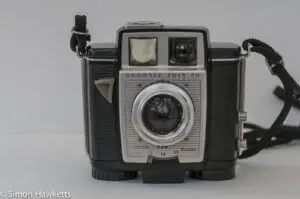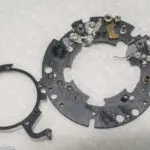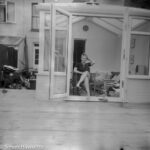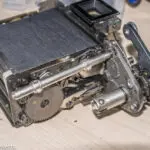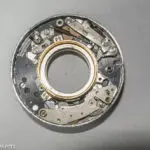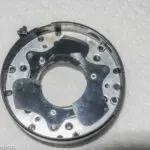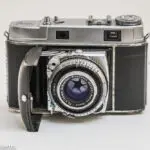This Kodak Brownie Twin 20 is probably the oldest camera I own, and also one of the simplest. It's a 620 roll film box type camera which was made by Kodak in England sometime between about 1959 and 1964.
Kodak Brownie Twin 20 Images
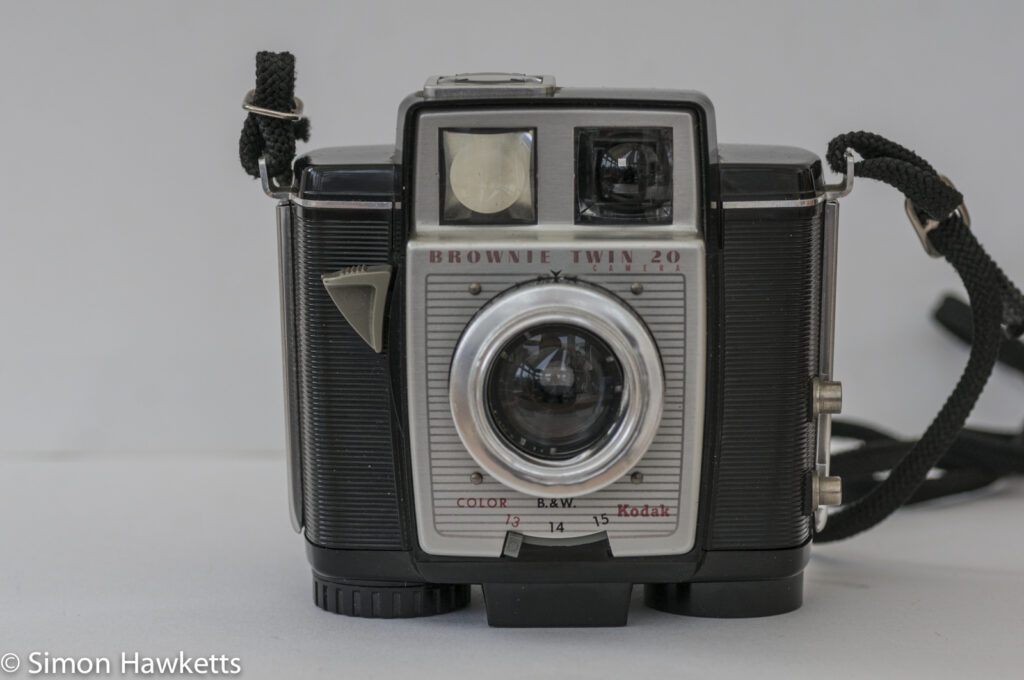


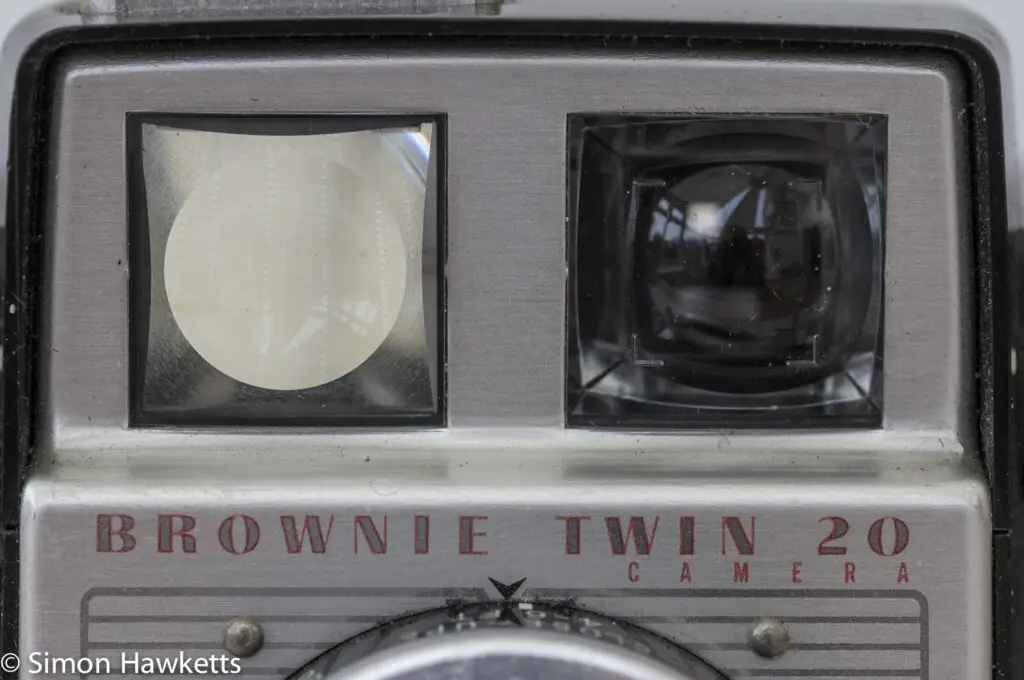


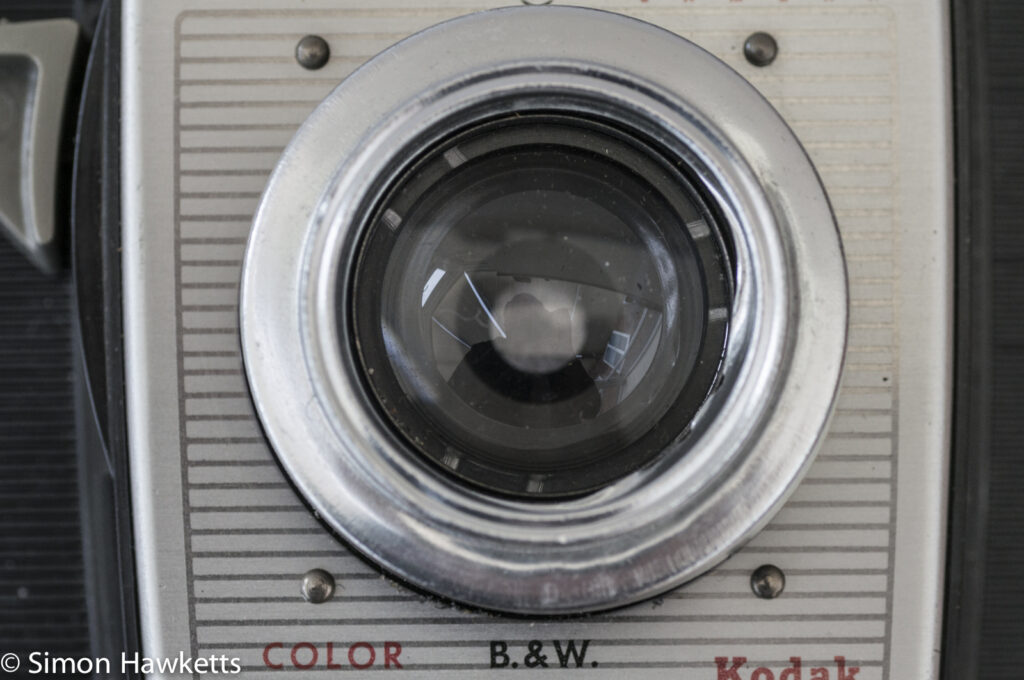

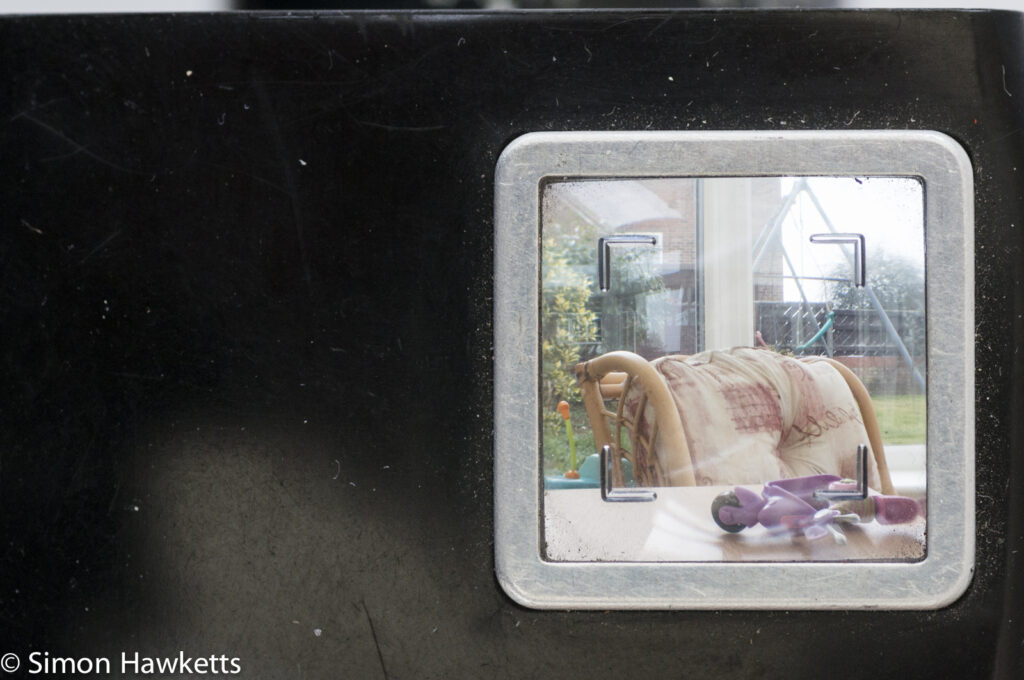
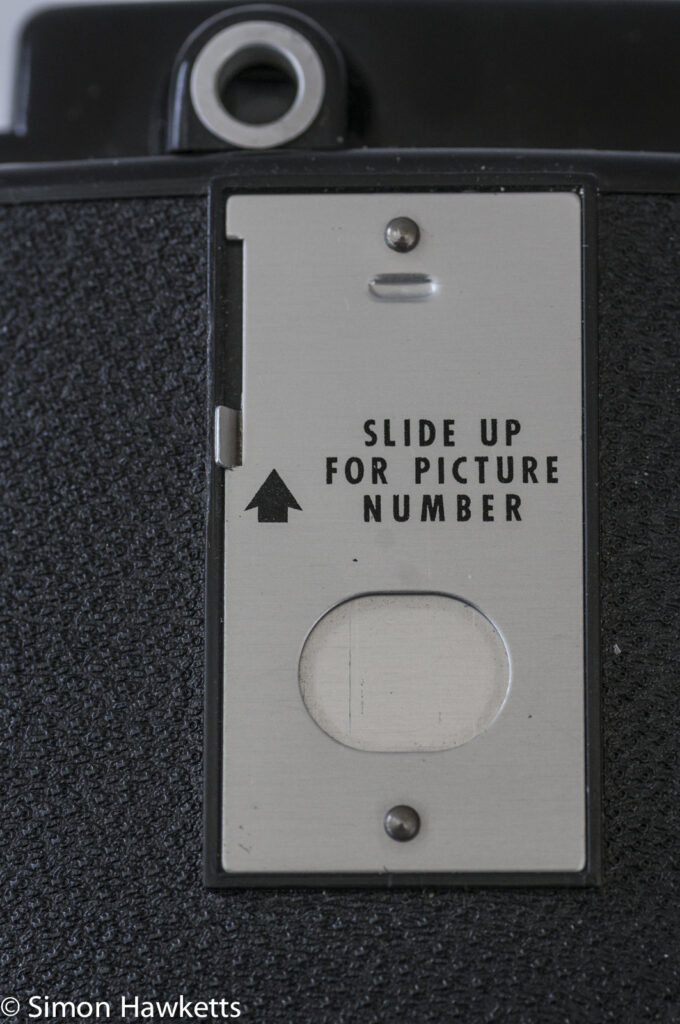
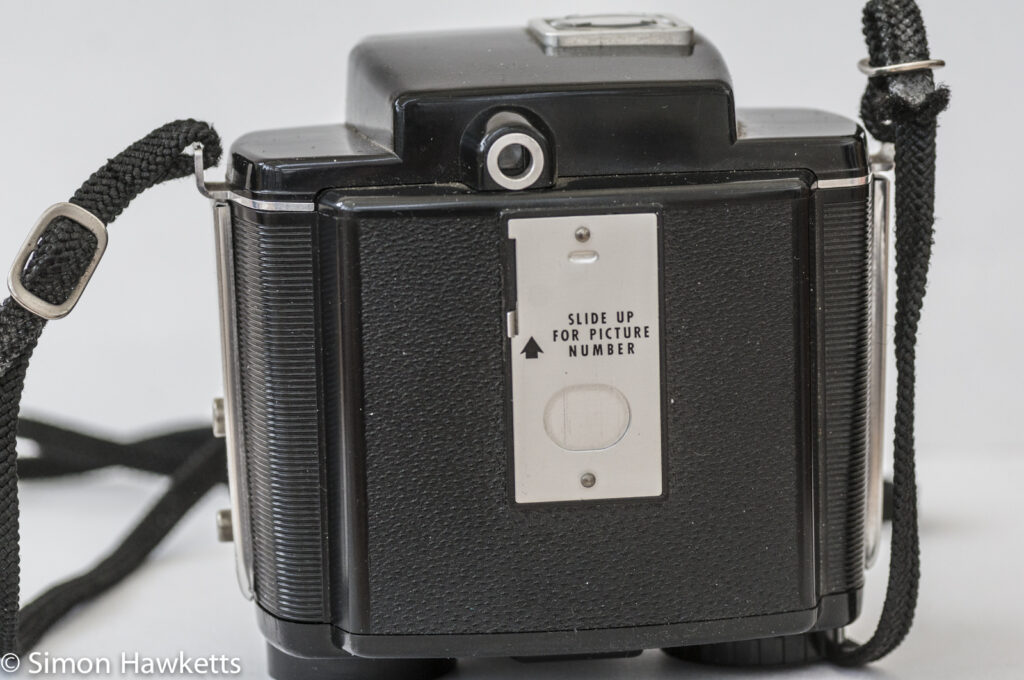

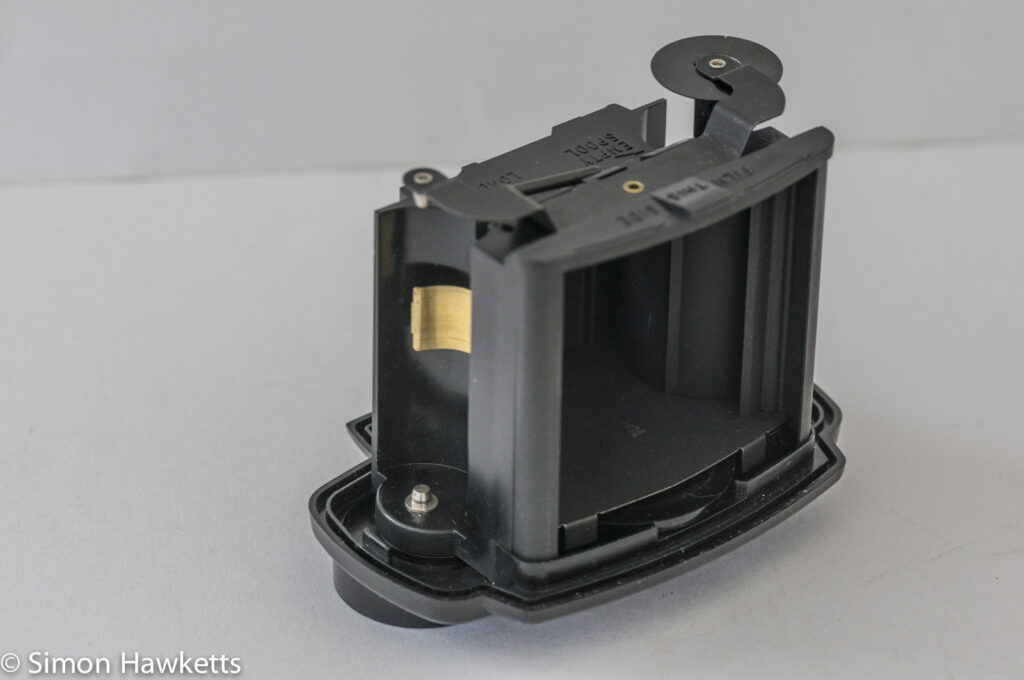
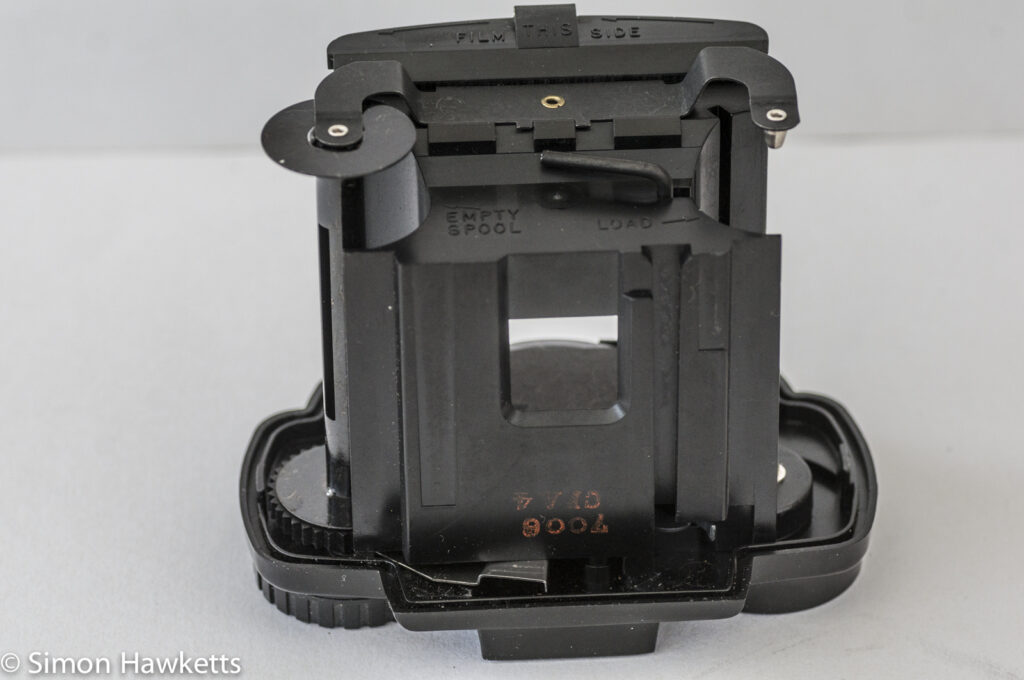
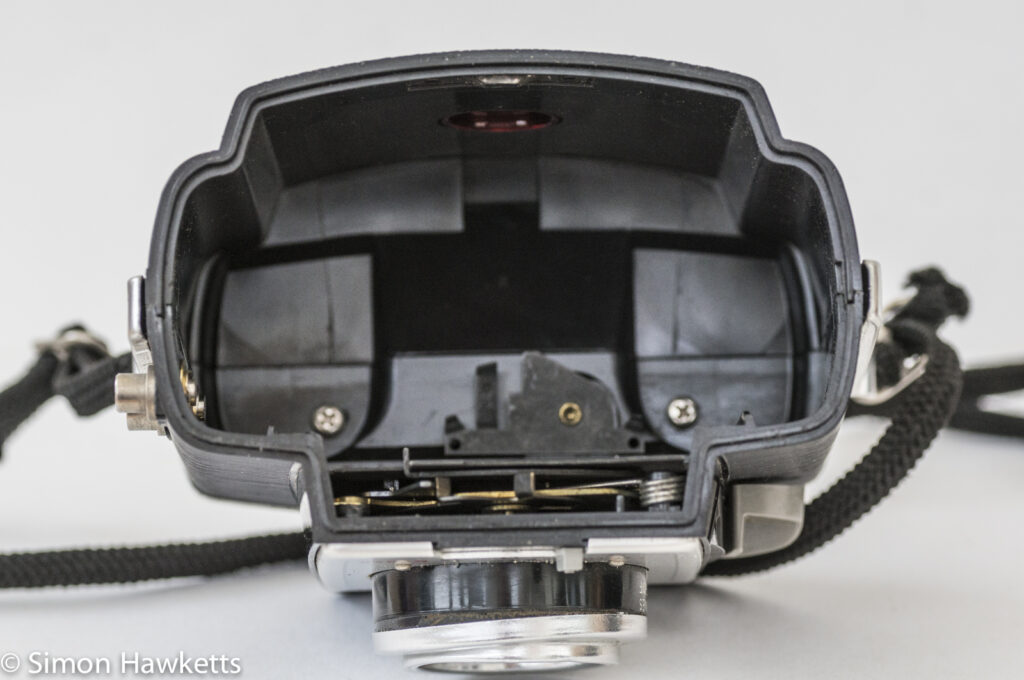
The Kodak Brownie Twin 20 is a family snapshot style camera which was sold in the millions and was a logical design progression from the box camera. There is a simple single speed shutter, an aperture adjustment lever which has the numbers 13, 14 & 15 and a 3 position focusing setting on the lens which is marked 'scenes', 'groups' & 'close-ups'.
I found the handbook for this camera on the very useful 'Camera Manuals/Orphan Cameras' site, and it seems these numbers refer to EV numbers rather than actual aperture settings. In the manual is a table which explains which setting should be used based on the type of film fitted to the camera.
There are two choices when it comes to composing the picture - a waist level finder set into the top of the camera and an eyehole (I couldn't bring my self to type 'viewfinder') in the back. I would guess that the waist level finder would be a bit difficult to see in bright sunlight and would require a hand to shield it - that wouldn't help keeping the camera steady! One interesting point is that the camera has a stand built in to it. There is a small foot built into the front of the camera which will enable it to stand on a table-top for stability.
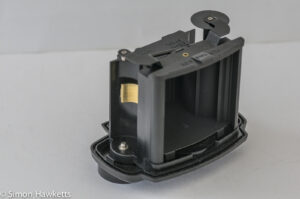
The film advance is a bit odd. The wind-on knob is on the bottom of the camera rather than the top, and it cocks the shutter and winds the film. To load a film in the camera involves setting a couple of levers and removing the bottom of the camera, which reveals the film holders and film transport. Once this is out, you can see why the advance knob is on the bottom of the camera. Because it makes the film holding part completely independent of the camera body, there is only one light seal. If the knob came through the top of the camera, there would need to be more complex seals or coupling.
There is a window in the back of the camera body which would show the number of the exposure which was written on the film backing paper, and there is a little flap to allow the window to be closed when the film is not being advanced.
With a roll of 620 film loaded, this camera will take 12 pictures 2 1/4 x 2 1/4 square which, according to the handbook, "can be enlarged to full size 3 1/2 x 3 1/2 sized prints". These days, a digital sensor that size would be enlarged to bill board size!
Although my copy of the Kodak Brownie Twin 20 camera didn't come with it, a flash adaptor was sold to go with this camera, which plugged into two large sockets on the side. This would have been a big round reflector almost half the size of the camera which took individual flash bulbs. I well remember my Dad having these bulbs when he took family snaps during Christmas holidays.
This particular example is in very good condition. The plastic of the case is almost unmarked, and the lens seems clear. The shutter works, and I can see the aperture lever moving different size holes in front of the shutter. Looking through either viewfinder is clear and bright, and the internal condition is like new. There is still a take-up spool in place, ready for the next reel of film to be fed in to it. I wonder when the last reel of film was removed?
The whole camera comes fitted in a grey leather effect case, with the original owner's name written inside in Biro.
The Kodak Brownie Twin 20 might be a simple camera, but this is a really nice, nostalgic object to own. It reminds me of the first camera I had when I was a 6-year-old (which I think was a Kodak Brownie 44A) and the fun I used to have with it. I might look around on eBay to see if I can find a roll of 620 film to load it up (or re-spool some 120 film).
